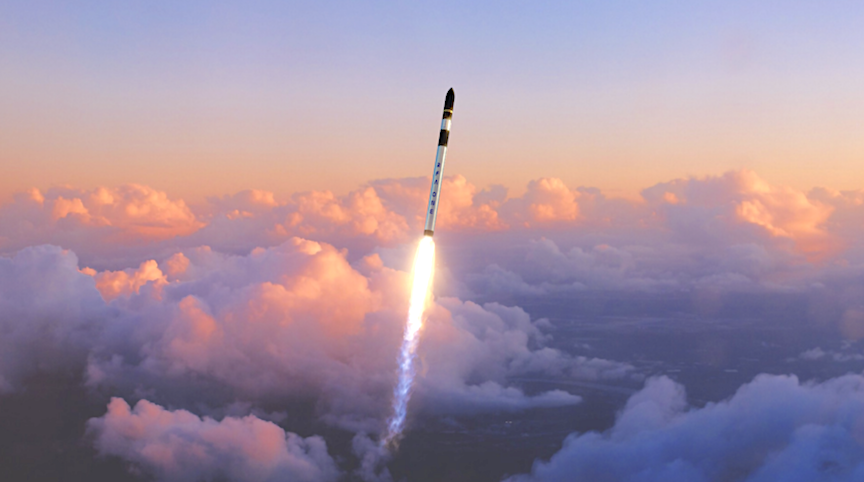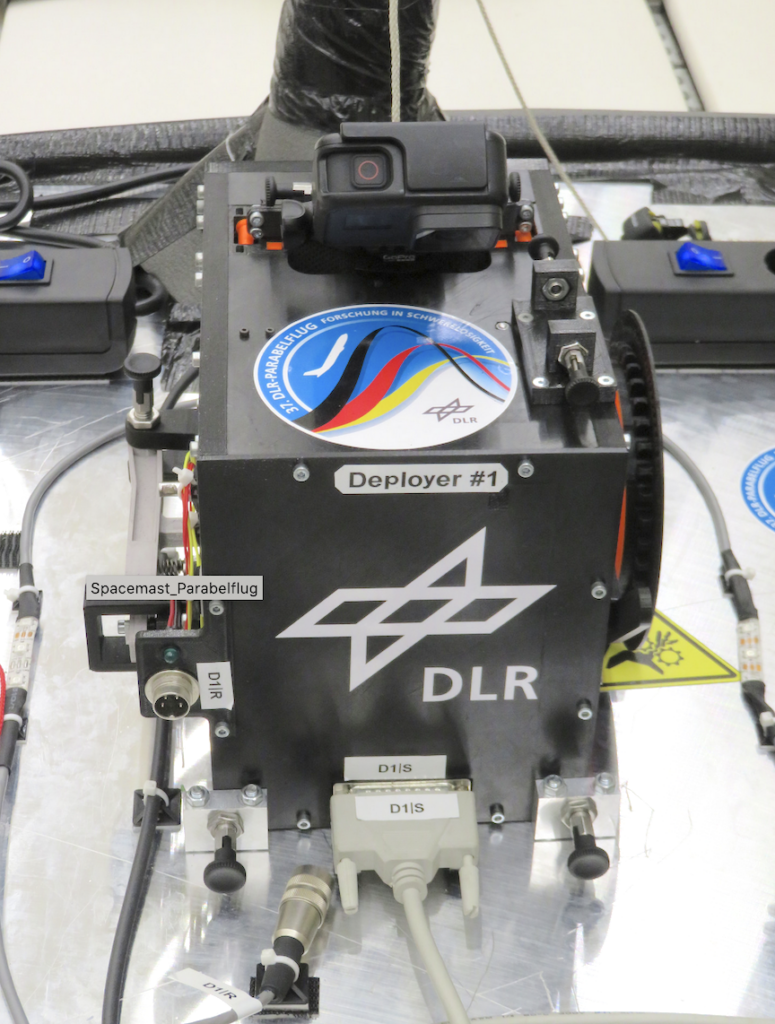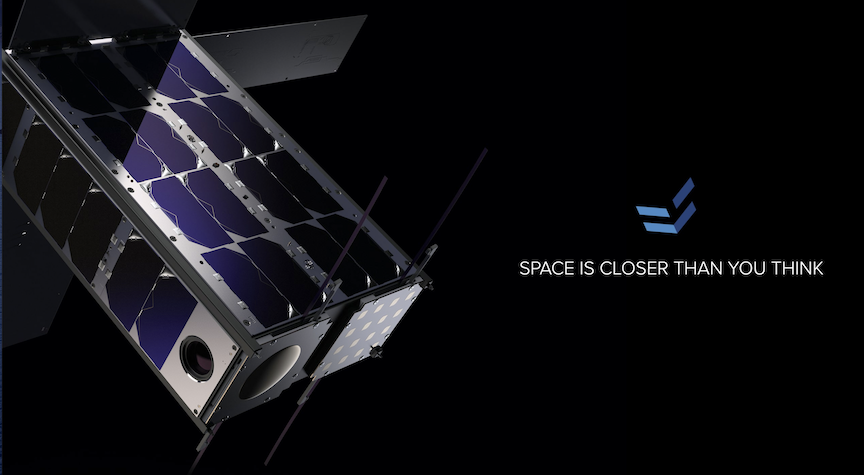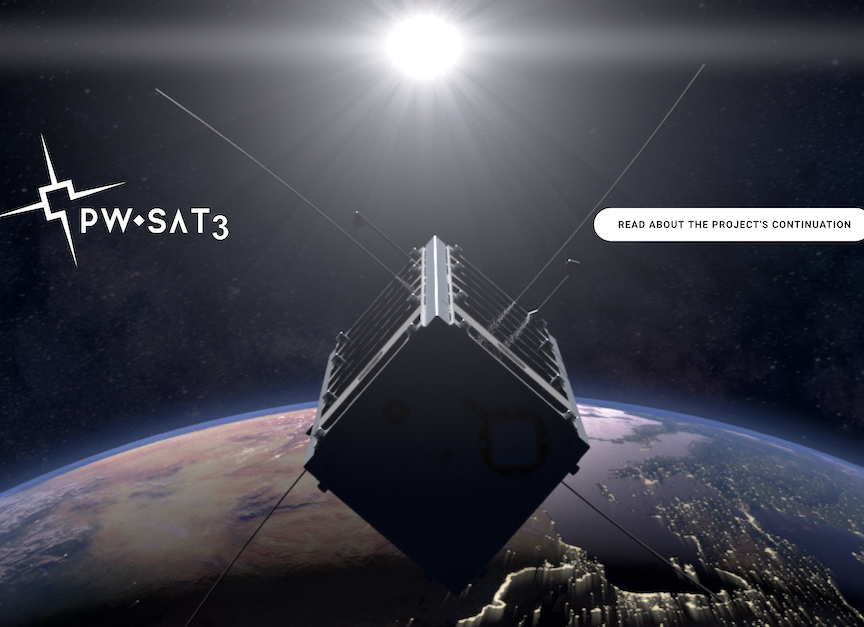
Rocket Factory Augsburg (RFA) and the German Space Agency in the German Aerospace Center (DLR) today announced the winners of the second round of the payload competition for German launcher systems at an event in Berlin. Eight customers with a total payload of 200kg will fly on the second test flight of the RFA ONE. After the first flight of the RFA ONE was fully booked, there was more demand than capacity for the second flight.
After RFA won the DLR Microlauncher competition organized by the German Space Agency in the German Aerospace Center (DLR) in April 2022, the company was awarded prize money of 11 million euros. As part of this, RFA was able to secure the German government as an anchor customer for the first two flights. Following this success, satellite manufacturers, research institutes and start-ups were invited to apply for these flights in a call for tenders issued by DLR. A jury of experts has now selected eight missions/winners with a total payload of 200 kg for the second test flight of RFA ONE, which will reach a sun-synchronous orbit at an altitude of 500 km. In this orbit, the satellites will be precisely positioned and can be rapidly commissioned to fulfill their individual missions. The launch is planned for the end of 2024.
DLR received more applications for the second flight of RFA ONE than for any other small launcher. The demand was significantly higher than the available capacity. The fact that the second flight is fully booked once again confirms RFA’s technological and commercial leadership.
Jörn Spurmann, RFA’s Chief Commercial Officer, said, “We are delighted with the high demand for our second launch, which underlines the growing confidence in our launch service product and the RFA team. The successful partnership with the German Space Agency (DLR) is seen as a pioneering model for efficient cooperation at the European level. The European Launcher Challenge, initiated by Germany, is a promising approach to increase the use of private launch services by institutions and countries. We are now doing all we can to lay the foundations for these promising developments with the first flight next year”.
The payload competition is part of the German Space Agency’s micro-launcher competition at German Aerospace Center. The aim of this program is to drive forward the commercialization of European space and to improve the independence and competitiveness of companies and research institutions, particularly in the field of smaller payloads.
“We see these competitions as a catalyst and pioneer for the commercialization of space activities in Germany and Europe,” says Dr. Walther Pelzer, DLR Executive Board Member and Director General of the German Space Agency at DLR.
The following missions will be on board the second test flight of RFA ONE:
MIDAS
DLR Cologne
Germany
MIDAS will investigate the self-assembly of structures formed by active self-propelled microswimmers, and the long-term stability of these aggregates under microgravity conditions. Microswimmers are model systems that mimic the motion of cells and microorganisms. In suspension, they form aggregates that can be solidified into so-called active materials that can convert energy into mechanical motion on a microscopic scale. Such active materials possess great potential in applications as smart materials that can adapt their physical properties to changes in the environment. The proposal is in line with the ESA SciSpaceE White Paper defining the road map for Soft Matter and Biophysics (§2.6). The payload proposed here is derived from a payload previously flown several times on the MAPHEUS sounding rocket.

SPACEMAST
DLR Braunschweig
Germany
The SpaceMast Camera Mast is a deployable camera mast mounted directly to the Redshift OTV of RFA ONE. Once the Redshift OTV reaches the first target orbit, a 7m composite mast is deployed with a camera on its tip, to full (7m) or intermediate length (e.g. 2 m) for overview or closer view video footage of the OTV and the payloads being released/deployed. The camera mast can be retracted for further OTV transfer maneuvers and deployed again to make video footage of further payloads to be deployed.
More info: https://event.dlr.de/ila2022/spacemast/
Platform 9
Endurosat

Bulgaria
Platform-9 is part of EnduroSat’s Shared Satellite Constellation, which offers visionary companies the shortest and most affordable path to orbit for deploying their services, in-orbit testing and validation. EnduroSat’s unique software-defined NanoSat architecture allows for multiple sensors to operate together reliably on a single satellite, resulting in outstanding sustainable space service. Fewer satellites in orbit, used with much higher efficiency, shared as a common resource in orbit. Furthermore, EnduroSat’s redundant multi-master architecture provides unique payload operations reliability.
More info: https://www.endurosat.com/
VIBES Pioneer
Hochschule Bremen

Germany
VIBES Pioneer is a 3U CubeSat. The goal of the mission is to improve the optical performance of spacecraft using digital technologies. The spacecraft hosts an optical payload equipped with a light and cost-effective disturbance measurement and management system. During each image acquisition, accelerometers log the perturbations emitted by reaction wheels and their propagation along the satellite structure. Passive isolators placed on the structural path between the reaction wheel and the camera will reduce the disturbances. An active line-of-sight system for fine-pointing control of the payload will further improve the performance. The generated image data and satellite status information will be delivered to the ground with a software-defined radio.
PW3-Sat3
University of Warsaw
Poland

PW-Sat3 is the third satellite constructed by the Students’ Space Association at the Warsaw University of Technology in Poland. Following the deorbit sail demonstration performed by the PW-Sat2 team, the student team designed a butane warm-gas propulsion system with an additional heating chamber and membrane for pressurization. According to the mission plan, the device will perform orbit correction and deorbiting maneuvers to address the collision risk and space debris problems.
More info: https://pw-sat.pl/en/home-page/
Flamingo
Vyoma

Germany
Flamingo is a pilot mission for a satellite constellation to be deployed in an orbit around Earth. The remaining ten satellites shall be deployed from 2025 (the so-called Flamingo NextGen mission). Current trends point to a continuous increase in congestion of the near-Earth space environment, and novel approaches to detection, characterization, tracking and management of traffic must be sought to ensure space remains a safe, integral part of societies and economies worldwide, in a cost-effective manner. Vyoma’s satellites will passively monitor the space environment using optical onboard cameras and provide frequent updates to the ground. The data generated by the constellation shall enhance current space situational awareness (SSA) capabilities and enable satellite owners to make informed operational decisions.
More info: https://www.vyoma.space/
3Cat-8

Universitat Politecnica De Catalunya
Spain
The 3Cat-8 mission is a comprehensive satellite project encompassing educational, scientific, and technological objectives. It offers a unique educational opportunity, being primarily executed by students with support from industry contributions, including advanced technologies like an ionic thruster and OWL. The mission also focuses on ground-breaking scientific endeavors, notably the near-simultaneous ionospheric scintillation monitoring using GNSS Radio Occultation, and capturing the ionosphere’s multispectral polarized emission imaging. This is complemented by Radio Frequency Interference monitoring in both L- and K- bands.
More info: https://nanosatlab.upc.edu/en
MOVE-BEYOND
Technische Universität – WARR e.V.
Germany
The MOVE-BEYOND mission is dedicated to testing the innovative MOVE-BEYOND bus system, a pivotal development in satellite technology. This system is designed with a novel approach that emphasizes scalability and flexibility, enabling it to accommodate a diverse range of payloads. In line with this, it presents a unique opportunity for payloads that do not yet have a defined bus system. This mission represents a significant step forward in making satellite technology more adaptable and inclusive of various research and application needs, potentially revolutionizing how payloads are integrated and deployed in space missions.
